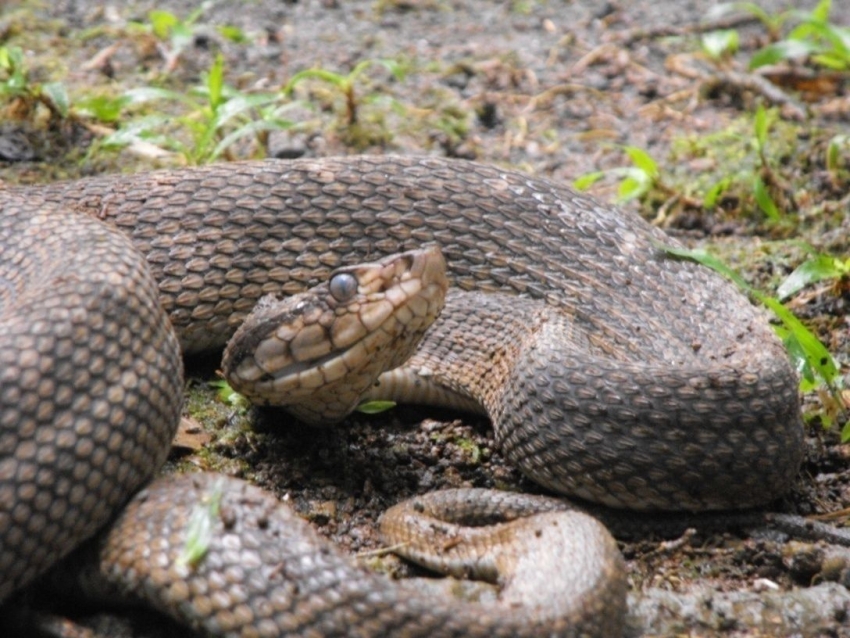The project, which focuses on mapping and understanding the venomous snake’s presence across the island, aims to ensure that any future commercial or scientific use of its venom benefits local communities and the nation as a whole.
Assistant Chief Forestry Officer Piyus Haynes explained that this component of the ABS project will “help lay the foundation” for effective management and benefit-sharing.
“It will help us to map out where Fer-de-Lance are encountered. It will help us to create maps. It will help us to also gauge the knowledge, attitudes, and perceptions of community folks, farmers, residents, and so on because they too are very highly impacted,” he said.
A key part of the initiative is community engagement, with special training for residents in high-risk areas.
Chief Herpetologist Lenn Isidore noted that the project will equip select individuals in vulnerable communities with skills to safely handle and relocate snakes.
“We want to train a few key persons in each of their communities, in terms of negative Fer-de-Lance interactions, on how to safely catch the snakes, safely contain them, and relocate them,” Isidore explained.
The scientific component will also deepen understanding of the species’ biology and ecology, including its seasonal activity patterns, movement, and preferred habitats.
“We also want to get a better understanding on the biology, ecology of the species; how it behaves, when it’s most active, what times of year it moves, and which habitat features in the landscape it prefers,” Isidore added.
Officials believe the project could ultimately lead to innovative research opportunities, including the development of pharmaceuticals from the snake’s venom.


